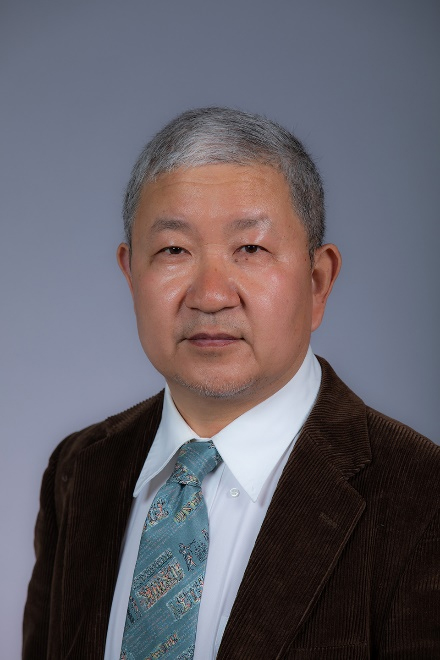The 6th International
Symposium on Thermal-Fluid Dynamics
(ISTFD 2025)


The 6th International
Symposium on Thermal-Fluid Dynamics
(ISTFD 2025)

Prof. Xinwei Wang
Department of Mechanical Engineering, Iowa State University, Ames, Iowa 50011, United States
E-mail:xwang3@iastate.edu
Bio
Dr. Xinwei Wang is the Anson Marston Distinguished Professor and Wilkinson Professor in Interdisciplinary Engineering at Iowa State University (http://web.me.iastate.edu/wang). He obtained his Ph.D. from the School of Mechanical Engineering, Purdue University in 2001, M.S. (1996) and B.S. (1994) from the University of Science and Technology of China. Over more than 20 years, he has led his laboratory to conduct extensive research on thermophysical properties of micro/nanoscale materials and interfaces, energy transport physics and control, and laser-assisted material interaction and manufacturing. His lab has developed a number of new techniques for measuring the thermal conductivity/diffusivity and interfacial thermal resistance of micro/nanoscale materials, including the TET, TPET, PLTR, ET-Raman and FET-Raman techniques. His lab reported the first work on distinguishing the optical and acoustic phonon thermal nonequilibrium, and distinguishing the transport of phonons and hot carriers in 2D materials. The thermal reffusivity theory and equivalent interfacial medium theory developed by his lab provide novel ways to correlate phonon scattering and material/interface structures. He received the inaugural Viskanta Fellow Award of Purdue University for his pioneering and independent work in thermal sciences. He is the Fellow of ASME and OPTICA, and Associate Fellow of AIAA. At present, he is the associate/senior editor of five international journals, and on the editorial board of six journals.
Title
Energy Carrier-wide Thermal Nonequilibrium under Intense Photon Irradiation
Abstract
In 2D materials synthesis, structure modification and tailoring, and thermophysical properties characterization, photon irradiation is widely used to induce chemical reaction, material ablation, and localized temperature gradient and energy transport. The laser absorption process involves excitation of electrons to conduction band, hot carrier diffusion, cascading energy transport from electrons to optical phonons, then to acoustic phonons, and final heat conduction by acoustic phonons. Theoretical prediction based on first-principle modeling has uncovered very strong thermal nonequilibrium among these energy carriers. In-depth physics understanding of this nonequilibrium and the energy exchange among energy carriers is critical to high-level laser-assisted manufacturing probing, design, control, optimization, and new synthesis discovery. This talk will cover our pioneering and systematic work on investigating the thermal nonequilibirum among energy carriers in 2D materials under intense photon irradiation. To tackle this big challenge, an energy transport state-resolved Raman (ET-Raman) technique has been invented in our lab that is capable of thermal probing down to sub-micron scale and picoseconds. For the first time, we distinguished the temperature rises of different modes optical phonons and acoustic phonons, and reported their energy coupling factor. Both supported and free-standing nm-thick 2D materials have been characterized. This breakthrough leads to the first measurement of intrinsic thermal conductivity and interface thermal conductance of 2D materials. For monolayer 2D materials, the electron-hole recombination will re-emit photons. This radiative recombination will also be reported based on our ET-Raman characterization, uncovering some very intriguing energy absorption feature.